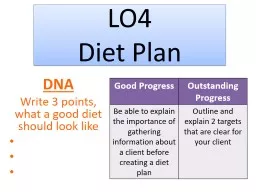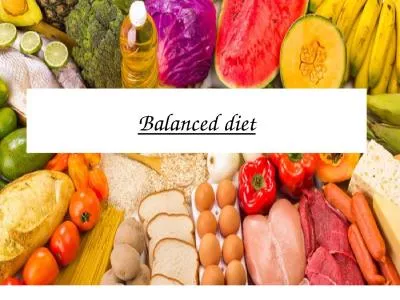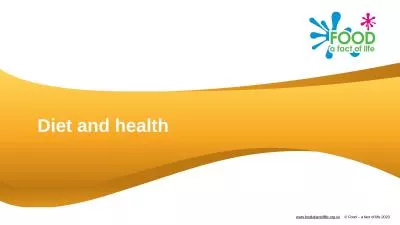PDF-INFLUENCE OF THE ATKINS146 DIET ON
Author : dandy | Published Date : 2022-08-16
115 Chapter 5 BEHAVIO U RAL RESPONSES 116 Influence of the Atkins146 diet on behavio u ral responses Abstract Objective T he effect of the Atkins146s diet was examined over
Presentation Embed Code
Download Presentation
Download Presentation The PPT/PDF document "INFLUENCE OF THE ATKINS146 DIET ON" is the property of its rightful owner. Permission is granted to download and print the materials on this website for personal, non-commercial use only, and to display it on your personal computer provided you do not modify the materials and that you retain all copyright notices contained in the materials. By downloading content from our website, you accept the terms of this agreement.
INFLUENCE OF THE ATKINS146 DIET ON: Transcript
Download Rules Of Document
"INFLUENCE OF THE ATKINS146 DIET ON"The content belongs to its owner. You may download and print it for personal use, without modification, and keep all copyright notices. By downloading, you agree to these terms.
Related Documents


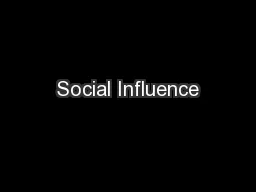

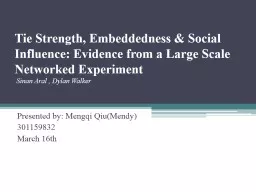
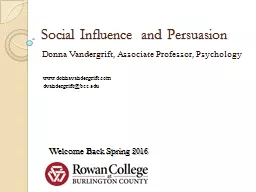
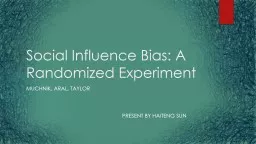

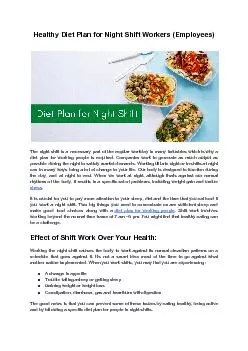
![[DOWNLOAD] Paleo diet: Paleo Diet Plan for Begginers (Paleo diet for beginners, Paleo](https://thumbs.docslides.com/882090/download-paleo-diet-paleo-diet-plan-for-begginers-paleo-diet-for-beginners-paleo-diet-recipes-paleo-diet-cookbook-paleo-plan.jpg)


